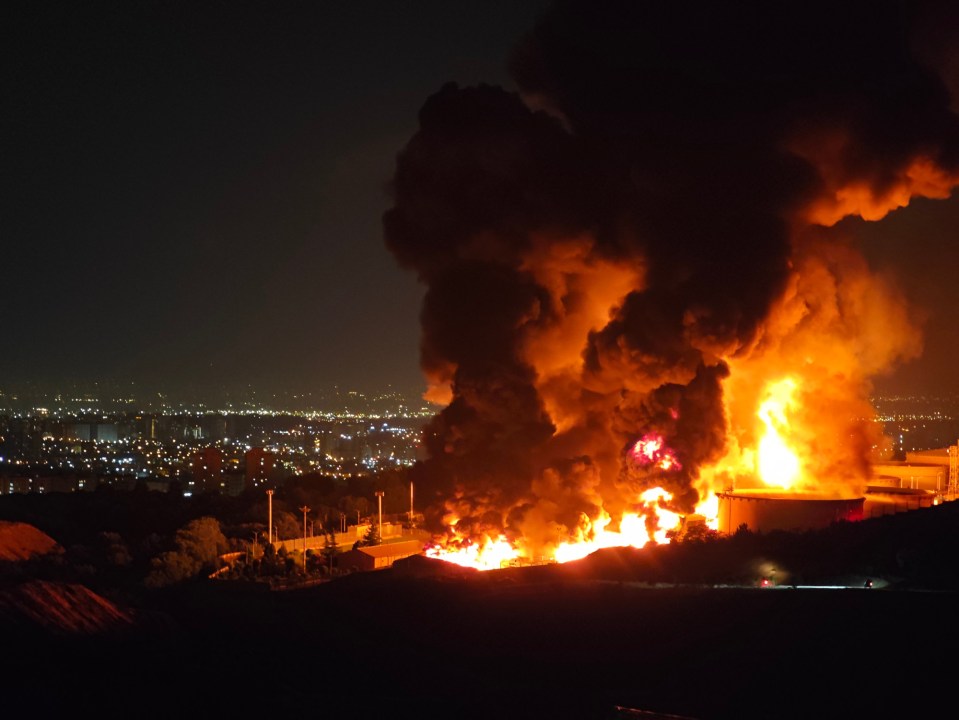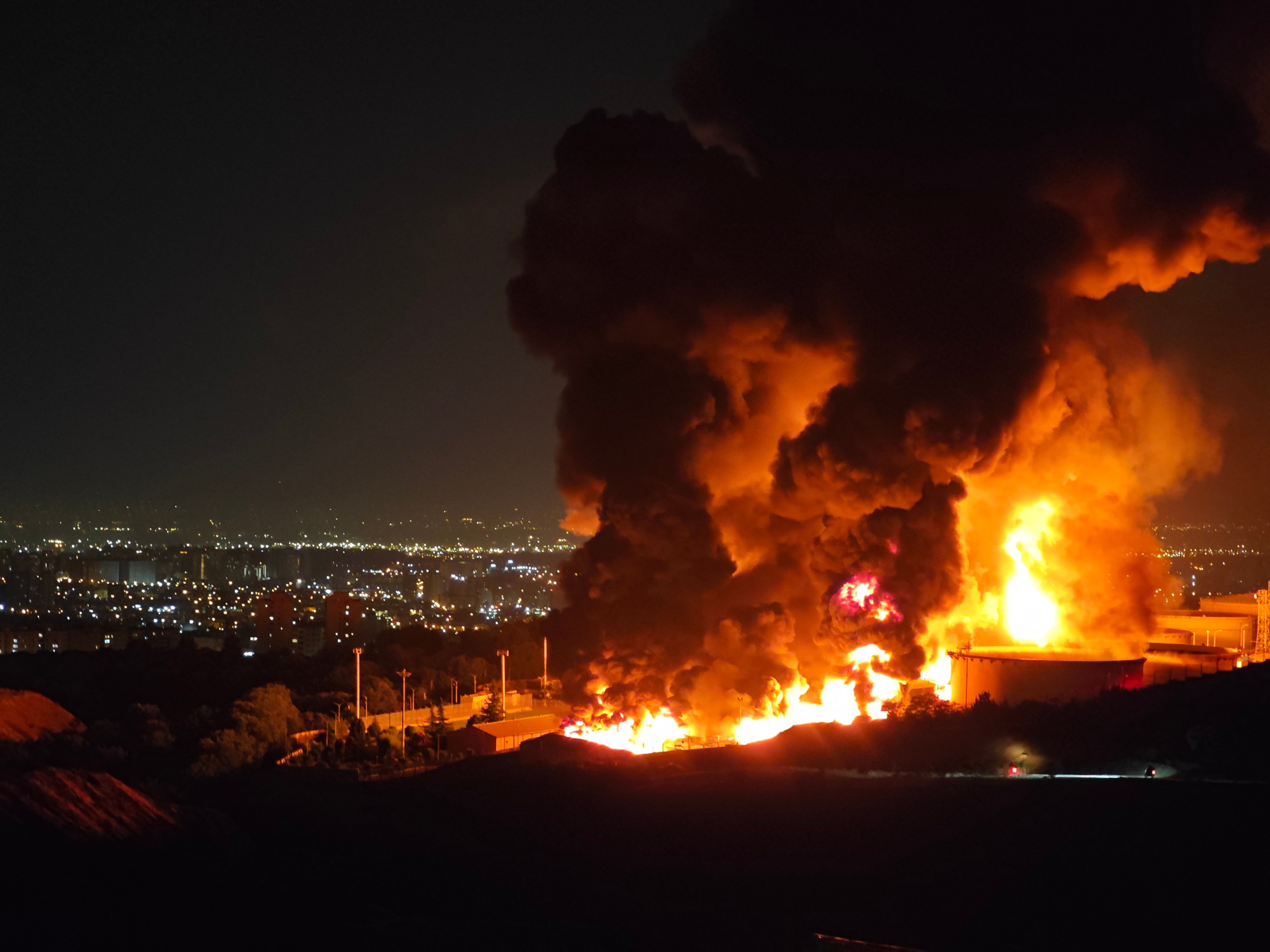America’s entry into the war against Iran is the latest step up an escalation spiral that began in October 2023. What started with an attack by a Palestinian Islamist organisation on a poorly defended Israeli border, and then became a fight between Israel and a series of Iran-supported Islamist paramilitary groups by the end of 2023, and then extended to limited exchanges between Israel and Iran itself in April 2024, and then turned into war between Iran and Israel, has now become a confrontation pitting the US and Israel against their longest standing and most powerful adversary in the Islamic world.
Now at war with both Israel and the US, it has no major power interested in fighting alongside it.
So what are the implications of this latest turn, and what may happen next?
While prediction remains unwise regarding the current US president, the notion that the Trump administration will be dominated by isolationism can be laid to rest. In Washington a few weeks ago, I found that much of the talk behind the scenes was worried assessments concerning the rise of isolationism and of individuals professing such views at the top reaches of the administration. People with past associations with hawkish or pro-Israel circles were having trouble getting confirmed for posts. Vice President J.D. Vance and Donald Trump Jr, I heard, were the most senior and influential members of the rising camp.
An old friend of mine who has interviewed the President on a number of occasions cautioned against despair. His advice: don’t take too much notice of the people around Trump. Pay attention to Trump himself, and to what his track record suggests regarding his views on Israel. Possessing no special insights of my own, I hoped he was right. It appears he was.
Over the last two years, much ink has been spilled regarding a supposedly emergent axis of anti-western states. This axis, as usually depicted, is headed by China, with Russia, Iran and North Korea as members.
Cooperation between these countries has indeed measurably increased over the last half decade. Chinese purchase of Iranian oil to foil Trump’s strategy of ‘maximum pressure’ on Tehran during his first term is one example of this growing operational closeness. Yearly joint naval exercises between the Chinese, Russian and Iranian navies, the role of Iranian Shahed 136 drones and North Korean ground troops in the Ukraine war, the provision of advanced air defence systems by Moscow to Tehran all support this view.
But while the eventual emergence of such an axis may be likely, it is also the case that no such crystallised alliance currently exists.
Russia is bogged down in its own forever war in Ukraine. There are no indications that Moscow supports Tehran’s ambition for a nuclear weapon, and still less that Russia would jeopardise its own interests, security or relations with other states in support of this goal. Moscow is a rival but not an enemy to US-aligned Israel, and clearly prefers to maintain this ambiguous status, which brings some benefits.
As for China, while rumours have abounded regarding mysterious Chinese cargo planes reaching Iran in recent days, Beijing’s interest in the region and its growing influence depends on stability and relations with all sides. The mood music from China has shifted over the last two years, with increasingly harsh criticism of Israel. Beijing has strongly condemned Jerusalem’s pre-emptive action against Iran. But China has also sought to build diplomatic leverage on the basis of strong commercial ties with all major regional powers. It has no interest in involving itself in conflicts.
What all this means is that Iran currently finds itself isolated. Now at war with both Israel and the US, it has no major power interested in fighting alongside it. This is no doubt a matter for concern and consternation on the part of the mullahs. It’s a blessing for the rest of us.
So, isolated and faced with attacks by powers enjoying massive technical advantage, what are the options now available to Tehran?
Tehran could, of course, agree to a new nuclear deal which sees the final abandonment of uranium enrichment on Iranian soil. This would represent a historic victory for the US and for Israel. As of now, Tehran may not yet feel that the regime faces existential danger. Short of this, surrender appears unlikely.
If it wants to opt for defiance, Iran has a number of means of possible pressure. It will need to consider carefully, of course, if it wishes to use them, and thus invite further US retribution.
Tehran still has its proxies, even in depleted form. The Houthis are likely to recommence attacks on US flagged vessels on the Gulf of Aden-Red Sea route now.
The Iraqi Shia militias are relatively unscathed from the last 20 months of regional war. The US has bases in Iraq, at Erbil and ain al-Asad. Iran itself or its client militias might attempt missile or drone attacks on these facilities, or on the remaining US presence in northeast Syria.
Theoretically, Tehran could order its once powerful Lebanese Hizballah proxy back into the fray. But to do so would be to risk the final decimation of an organisation that has already been battered by Israel.
US bases throughout the region could potentially be targeted by Iranian missiles. Iran might also seek to hit at US allies in the Gulf, and their oil producing capacity as it did in 2019. But Israeli attacks on launch sites and supply chains throughout Iran in recent days have significantly reduced Iranian capacities in this regard.
Iran could block the Strait of Hormuz, through which one fifth of global petroleum exports are shipped. This is a potent threat, which would cause oil prices to rise. But this would also almost certainly precipitate a full US entry into the war.
Finally, of course, Tehran could accelerate efforts toward the testing of a nuclear weapon.
All these potential courses of action bring with them the likelihood of increased global isolation, and increased US counter measures. These, in turn, would lead to deteriorating internal conditions in the country, which could hit at the regime’s legitimacy and stability.
Then again, acceptance of defeat, and surrender might have a similar effect. Supreme Leader Khamenei and his isolated regime have few good options at present. Whichever one they take, they are likely to be privately cursing the memory of their brother and comrade Yahya Sinwar, deceased former Hamas leader, whose decision to launch the massacres in October 2023 has led directly to Tehran’s current predicament.








Comments